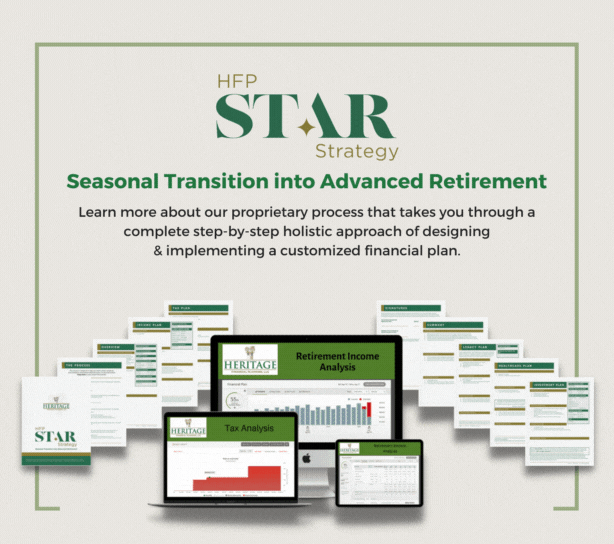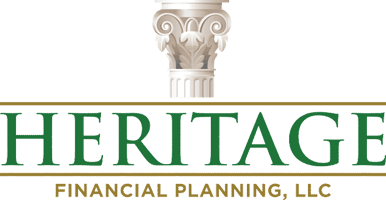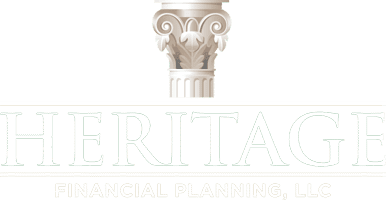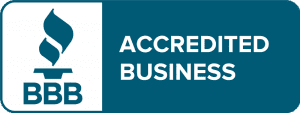Your Retirement Portfolio Shouldn’t Stay the Same Forever
If you’re still using the same investment strategy you used in your 30s, it may be time for a tune-up. As you move through your 50s, 60s, and into your 70s, your financial goals shift from growth to preservation and income—and your portfolio should reflect that.
But how do you know what changes to make, and when?
Your 50s: The Catch-Up & Risk Management Years
In your 50s, retirement is no longer a distant concept—it’s a looming reality. You’re likely at your peak earning years, which makes this a crucial decade for building wealth and shoring up any savings gaps.
Strategies for your 50s:
- Increase contributions to IRAs, 401(k)s, and HSAs (you’re eligible for catch-up contributions starting at age 50).
- Evaluate your asset allocation. It may be time to begin gradually reducing risk by shifting some assets from aggressive growth into more balanced investments.
- Start thinking about income planning. Consider what role each investment will play in retirement: growth, income, liquidity, or legacy?
Your 60s: Transitioning from Growth to Income
This is a decade of major transitions—retirement may happen at 62, 65, or 67 depending on your plan. Your portfolio should start evolving from accumulation to distribution mode.
Strategies for your 60s:
- Prioritize capital preservation. Reduce exposure to high-volatility assets that could jeopardize your income stream.
- Introduce income-generating assets like dividend-paying stocks, bond ladders, or annuities to create more predictable cash flow.
- Coordinate withdrawals and Social Security timing with your tax strategy to minimize taxes and optimize longevity risk.
Your 70s: RMDs and Income Optimization
Once you reach your 70s, Required Minimum Distributions (RMDs) from traditional retirement accounts begin (currently at age 73 for most). This can trigger unexpected taxes if not planned properly.
Strategies for your 70s:
- Rebalance regularly to keep risk in check and support your income needs.
- Manage RMDs wisely. Consider Qualified Charitable Distributions (QCDs) if you don’t need the income.
- Preserve tax-free assets. If you have Roth IRAs or life insurance, consider letting them grow or using them for long-term care or legacy purposes.
Create a Portfolio That Evolves With You
Each phase of life brings new financial opportunities—and risks. Having a static investment plan can cost you income, stability, and peace of mind. The key is to make strategic, age-appropriate adjustments that align with your goals.
A financial advisor can help you avoid common pitfalls, build in tax-efficiency, and ensure your portfolio is designed for both today and tomorrow.
We Help You Invest Confidently Through Every Season of Retirement
At Heritage Financial Planning, our HFP S.T.A.R. Strategy (Seasonal Transition into Advanced Retirement) is designed to help you shift your portfolio purposefully as you move from accumulation to preservation, and from risk to income.
We’ll help you create an age-appropriate investment plan that adapts with your life and supports your long-term vision. Schedule your personalized portfolio review today and take control of your retirement journey.

Click here to learn more about our HFP STAR Strategy process.
Sources:
• Fidelity: Asset Allocation by Age: https://www.fidelity.com
• Vanguard Portfolio Construction Principles: https://www.vanguard.com
• IRS: RMD Rules and Catch-Up Contributions: https://www.irs.gov
• Heritage Financial Planning: https://heritagefinancialplanning.net/about/heritage-financial-star-strategy/












